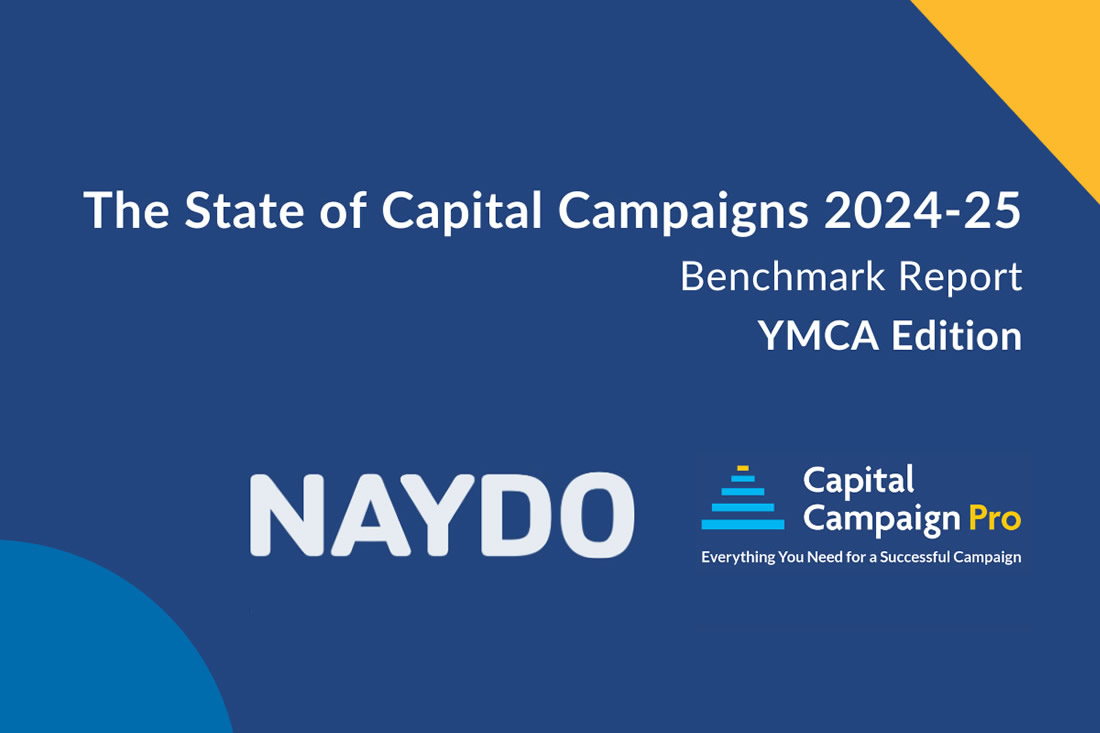Overwhelmed? 4 Ways to Simplify Your Campaign’s Quiet Phase

Sometimes the solution to being overwhelmed is to be more efficient. You can get more things done in a shorter amount of time. Up-to-date lists, functional systems, and seamless staffing can enable you to whip through your tasks accurately and effectively. You’re doing more, more effectively.
But those get-more-done-with-better systems are not the kind of solution you need for simplifying the quiet phase of your campaign. That remarkable phase of your campaign — while benefiting from effective systems — requires you to slow down and think carefully and deeply about each donor.
Capital Campaign Quiet Phase — By the Numbers
Let’s set the stage — the quiet phase is the longest phase of your campaign during which you’ll solicit your top donors. For many campaigns, the quiet phase lasts 12 to 18 months (and sometimes longer).
During the quiet phase, you will solicit both those with the largest potential and those who are closest to your organization. They will include:
- board and former board members
- area foundations with which you have a strong relationship
- the philanthropic leaders of your community
- people who have been the largest and most consistent donors to your organization
Chances are good that during this phase you and your team will solicit fewer than 100 people.
Averaging it out — 15 months for 100 solicitations requires you to solicit approximately 6-8 people a month. That’s about 2 solicitations each week. Just looking at it from an activity point of view, that’s manageable, right?
But those solicitations are the most important you will make. If you do them right, you are likely to raise between 60 and 80% of your campaign goal!
No Scramble: Just Thoughtful Solicitations
The quiet phase of your campaign requires a different kind of thinking and action from the scramble of the public phase. To do it well, you’ve got to slow down, not speed up. You’ve got focus on each donor — thinking and planning carefully — so that you solicit each person in the way that is just right for them.
8 Considerations When Planning Quiet Phase Solicitations
Here are just some of the things you should consider to help you plan each of those quiet phase solicitations:
- What are the donor’s giving patterns?
- How does that donor prefer to communicate?
- How does that donor make decisions?
- Do they like a great deal of detail? Or do they prefer broad-brush?
- What motivates them to give?
- What is their usual response rate?
- Do they like written material?
- Do they have advisors who help them decide?
How can you find out those things? The answer is simpler than you might imagine. Pay attention and notice how your donors behave!
Most people behave in ways that are consistent. And if you’ve been dealing with those quiet phase donors for a long time, they will have revealed their patterns to you. If you think about your experiences with a donor, you may already know a great deal about how they prefer to function.
You may be wondering why I haven’t encouraged you to focus on learning everything about your donors’ wealth. Of course, your donors should have the capacity to give what you ask them for. But I have found that in most cases, a donor’s giving patterns are more important than the totality of their wealth.
All the money in the world won’t matter you if the donor isn’t inclined to give. And conversely, some donors whose overall financial capacity may not be huge, give more generously than you might imagine!
Four Ways to Simplify the Quiet phase of Your Campaign
So what can you do to simplify your campaign’s quiet phase and better connect with your donors? Here are four suggestions.
1. Get in the Right Mindset
Remember, this is not a period to scramble. It’s a time for a thoughtful approach — and that takes time. So slow down and prepare for a long process during which you fully appreciate each of your donors and how they function best.
2. Organize the Process Using the Gift Range Chart
One of the most important campaign tools is a gift range chart. This chart shows how many gifts you will need at each level. Use it to organize your solicitation process during the quiet phase. Simply start at the top and work your way down.
3. Discuss Each Donor as You Plan Their Solicitation
You might work with a staff member and/or your consultant to discuss each donor. Conversations about donors often yield more information and ideas than just looking at a donor record.
Set a schedule for conversations about donors — perhaps an hour each week to discuss 2 or 3 of them. Make those conversations a regular part of your work. And be sure you have next steps for each donor you discuss.
4. Keep Track of Your Process
The donors you will be soliciting during the quiet phase of your campaign often require more than one meeting. Develop a process to track your work so you know what the next step is.
Final Words on the Quiet Phase
If you handle the quiet phase of your campaign in a considered and thoughtful way — keeping in mind the four suggestions above — you are likely to succeed.
But even more important, you will learn the wonderful pleasure of asking people for gifts in a way that is tailored to their style and preferences.



Leave a Comment